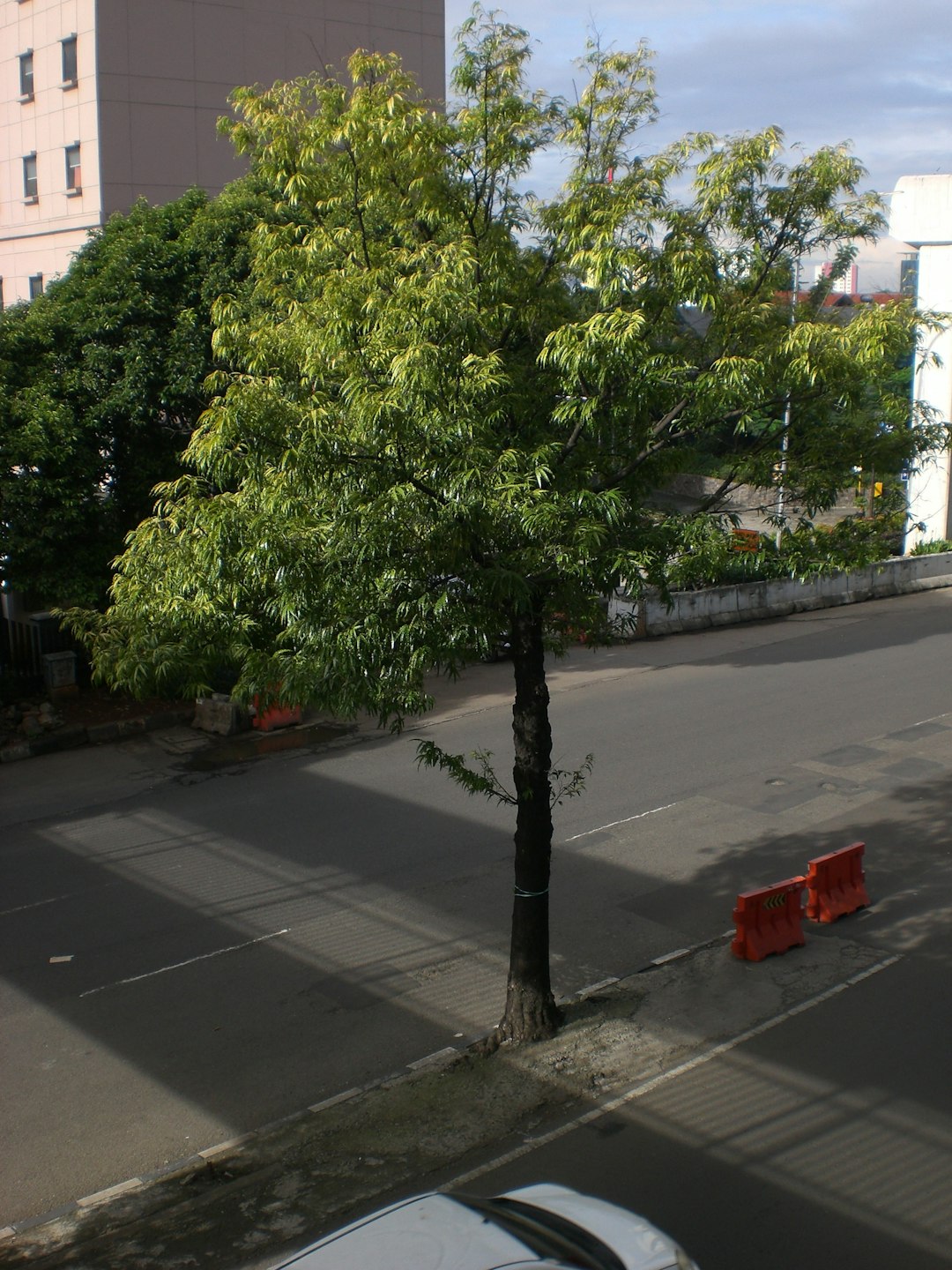Rugs are not just pieces of fabric that lie on the floor, they are an essential element of interior design that can greatly impact the overall aesthetics and atmosphere of a room. The designs of rugs are carefully crafted to evoke emotions, create a sense of harmony, and reflect the personality of the homeowner. The psychology behind rug design goes beyond just choosing colors and patterns; it delves into the intricate details of how our minds perceive and interact with the environment around us.
One of the key factors in rug design is color. Different colors can elicit varying emotions and moods, making them a powerful tool in interior design. For example, cooler tones like blues and greens can create a calming and peaceful atmosphere, while warmer tones like reds and oranges can add energy and vibrancy to a room. When selecting a rug, it is essential to consider the color scheme of the space and choose a rug that complements or contrasts with the existing colors to create a cohesive and visually appealing look.
Patterns are another significant aspect of rug design. Patterns can add depth, texture, and visual interest to a room, making them a crucial element in interior design. Geometric patterns can create a sense of order and structure, while floral patterns can evoke a sense of nature and tranquility. When selecting a rug with patterns, it is important to consider the size and scale of the pattern in relation to the size of the room and other elements in the space.
Texture is also an important component of rug design. The texture of a rug can add warmth, softness, and tactile appeal to a room, making it a crucial element in creating a cozy and inviting atmosphere. Different materials such as wool, silk, and synthetic fibers can impact the texture of a rug, so it is important to choose a material that suits the desired aesthetic and functionality of the space.
Lastly, the placement and size of a rug can also impact the overall psychology of a room. A rug placed in the center of a room can create a focal point and anchor the space, while a rug placed under furniture can help define different areas within a room. Additionally, the size of a rug can impact the perceived size of a room, with larger rugs making a room feel more spacious and cohesive.
In conclusion, the psychology of rug design is a complex and intricate field that involves a deep understanding of color, pattern, texture, and placement. By carefully selecting rugs that align with the desired mood and atmosphere of a room, homeowners can create a space that is visually appealing, functional, and reflective of their personality. Whether you are looking for cheap rugs or high-end designer pieces, understanding the psychology behind rug design can help you make informed decisions that enhance the beauty and comfort of your living space.
——————-
Article posted by:
Rug Love
https://www.ruglove.co.uk/collections/living-room-rugs
Piccadilly Business Centre Aldow Enterprise Park
The Most Loved Rug Store


